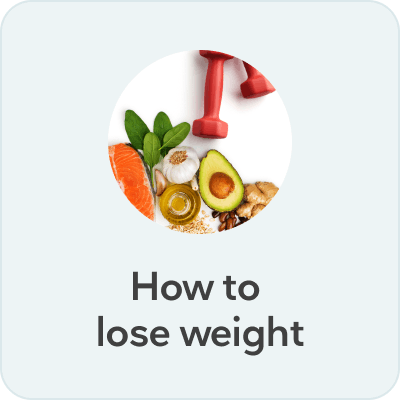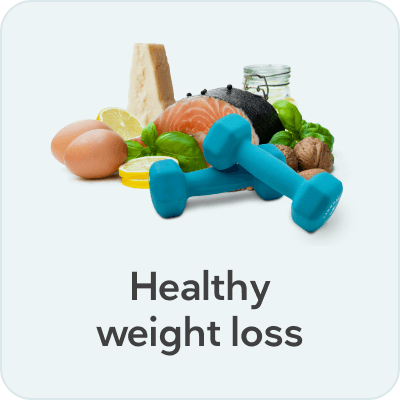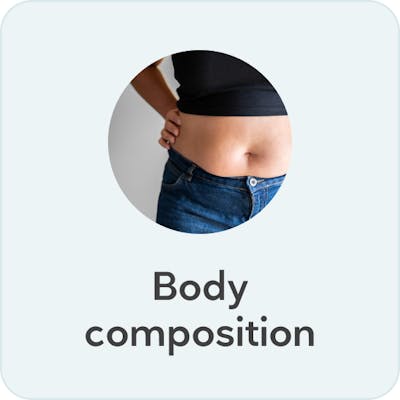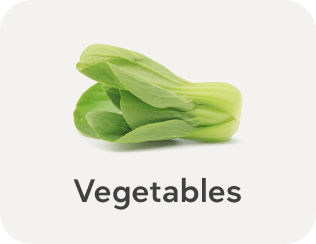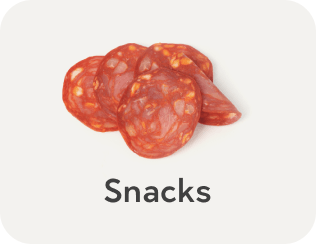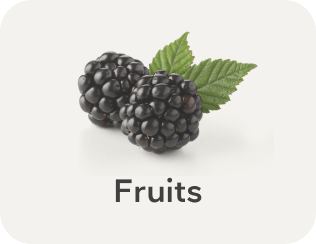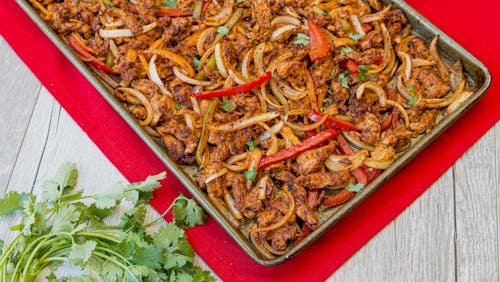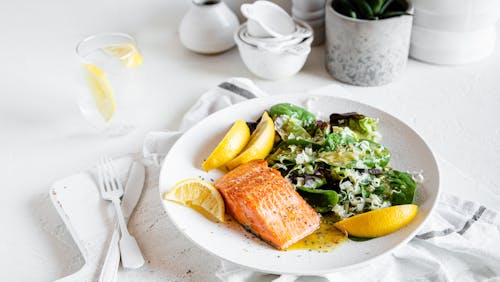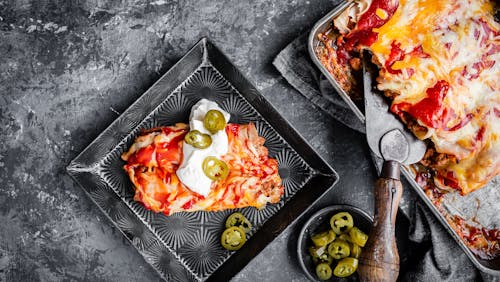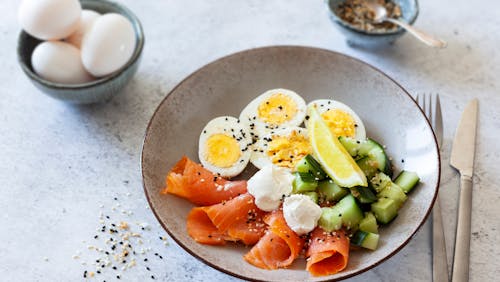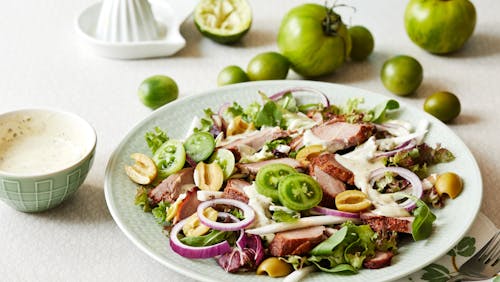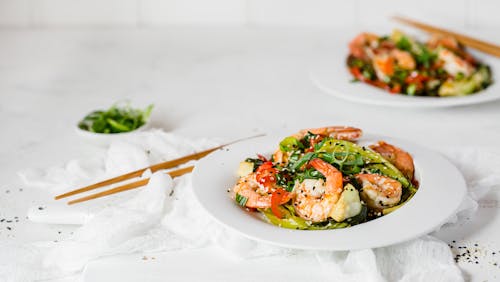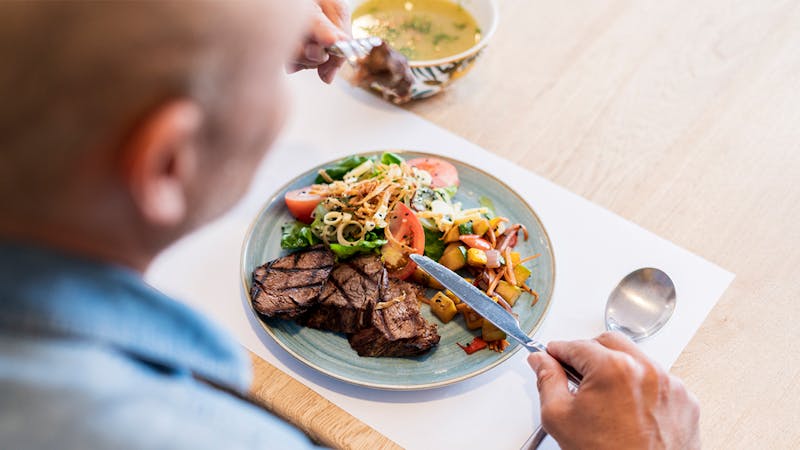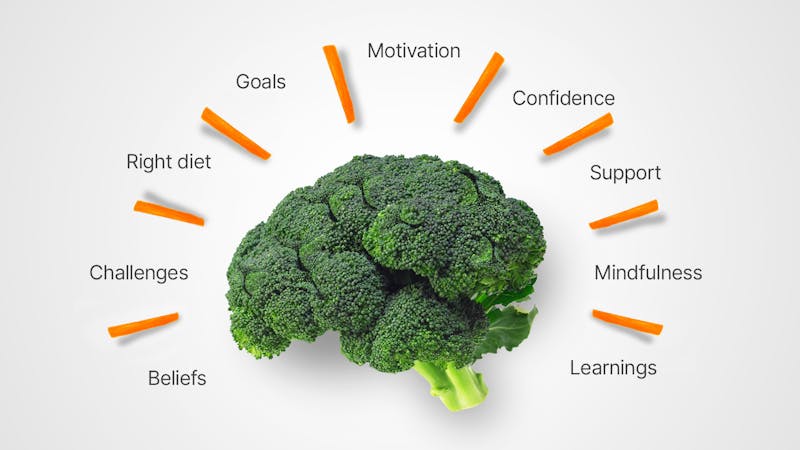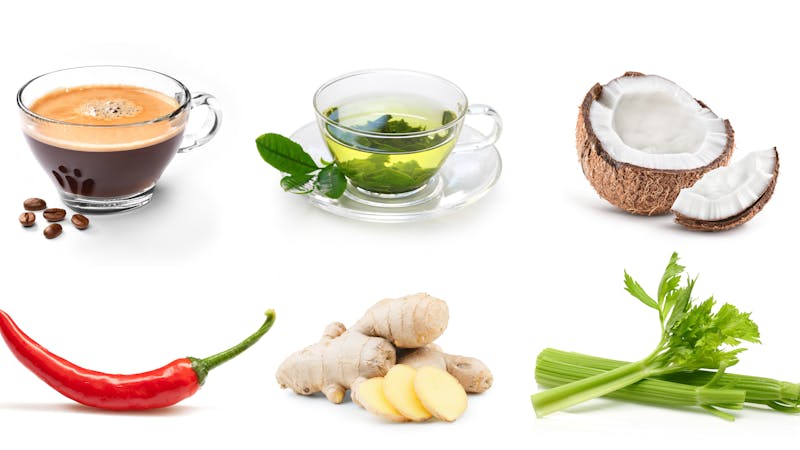The best foods for healthy weight loss
Evidence based
Key takeaways
What to eat and drinkEat meat, poultry, seafood, non-starchy vegetables, legumes, plain Greek yogurt, and cottage cheese. Drink water, coffee, tea, or broth. Learn more
What to avoid
Avoid high-carb, high-fat foods (donuts, ice cream, chips), sugar-sweetened beverages, fruit juice, sugar, refined carbs, and beer. Learn more
What to enjoy in smaller amounts
Eat smaller amounts of fruit, nuts, added fats, below-ground vegetables, whole grains, and cheese. Learn more
Do you want to lose weight in a healthy way — one that provides you with all the nutrition you need and allows you to eat foods you truly enjoy? Good news: Making smart food choices can help set you up for a pleasant, successful weight loss journey.
The key is to select foods that minimize calories while maximizing nutrition and satiety — that feeling of being comfortably full and satisfied. Fortunately, a wide variety of tasty, nutritious foods fit this description and can be included in most diets.
Our aim is to give you options that prioritize adequate protein, nutrition, and satiety — regardless of which diet approach you choose to follow.
In this guide, we’ll share the foods to eat most often, the foods to enjoy in smaller amounts based on your preferences and health goals, and the foods to avoid for healthy weight loss.
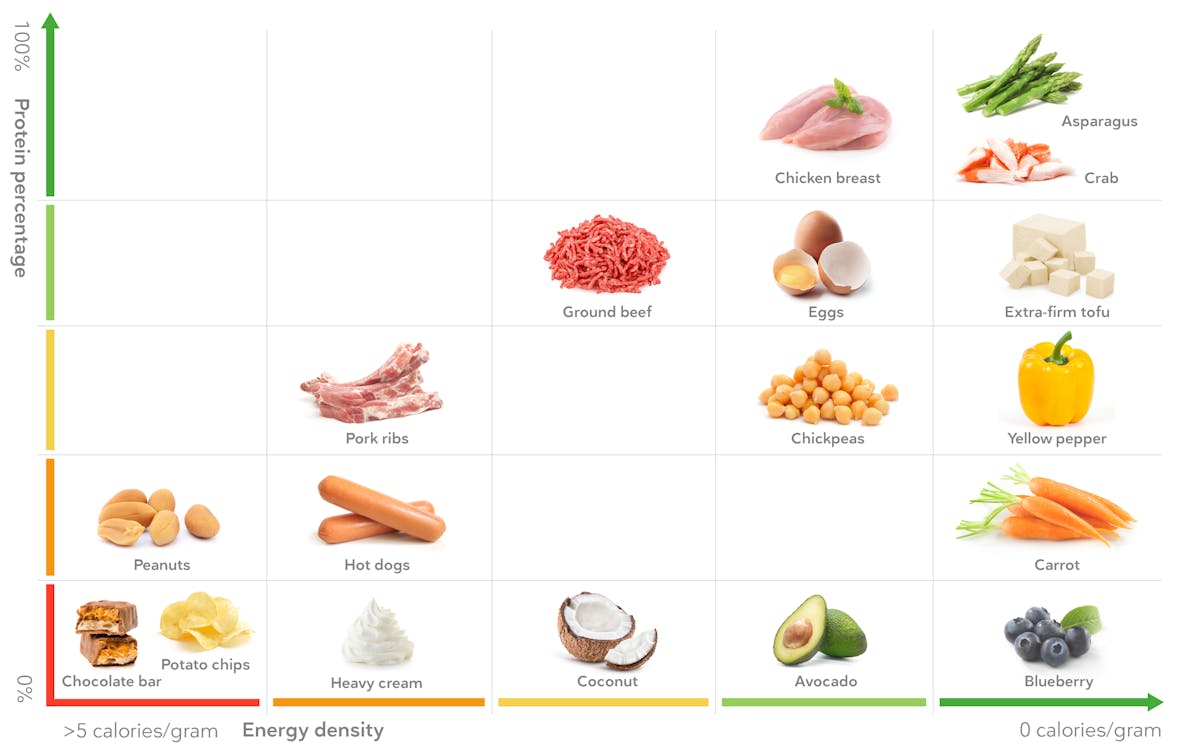

As you move up and to the right, you are choosing foods that are better for healthy weight loss. The upper right four squares contain some of the very best foods. The worst foods for weight loss are in the lower left corner.
Below, you’ll find lists of foods that are in the green zone for both protein percentage and energy density:
Meat & poultry
Processed meat
Seafood
Non-starchy vegetables
Beans, peas, lentils, & soy
Dairy foods
Healthy weight loss foods, defined
Weight loss occurs when you consume less energy (calories) than your body requires to maintain its current weight, which often involves improving food-related hormone levels and resting metabolic rate. The number of calories you burn can vary depending on several factors, including your size, age, body composition, and what you eat.
First off, it’s important to avoid ultra-processed, high-carb, high-fat foods that are rewarding and can drive overeating.
Many diets, including low carb and others, feature healthy weight loss foods. These foods have several things in common that can help you feel full and satisfied so you naturally take in fewer calories:
-
A high percentage of calories from protein: Protein provides essential amino acids that your body requires to build and maintain muscle, among other important functions.
Healthy weight loss foods get a high percentage of their calories from protein. A food’s protein percentage tells you how much of its calories come from protein rather than fat and carbs.Why is it important to prioritize protein for healthy weight loss? Eating more protein can increase satiety, so you end up naturally eating less.It can also slightly boost your metabolism, and improve your body composition.On the other hand, if your protein intake is too low — due to eating large amounts of fat, carbs, or both — you may be driven to overeat in order to meet your protein needs.Protein-rich foods can provide long-term satiety due to hormonal changes that occur after eating. When your body breaks down protein from food into amino acids (the building blocks of protein), your digestive tract releases hormones that can make you feel full and satisfied for several hours.Also, many essential vitamins and minerals are naturally abundant in protein foods. For this reason, foods that get a lot of their calories from protein tend to have high nutrient density. This means they provide a lot of nutrition per calorie — making them ideal for healthy, sustainable weight loss.
-
Low energy density: “Energy density” refers to the calories (or energy) in a specific weight of food. It’s usually expressed as the number of calories per gram of food (calories/gram). The lower the number, the fewer calories a given amount of food contains.
Foods with more water or fiber have lower energy densities, whereas foods higher in fat have higher energy densities. This is because fat provides 9 calories per gram, protein and carbs each provide 4 calories per gram, water provides zero calories per gram, and fiber is estimated to provide less than 1 calorie per gram.In studies, when people are allowed to eat to satiety — as much as they need to feel full — they usually end up naturally taking in far fewer calories when they eat foods with low energy densities compared to foods with high energy densities.On the other hand, filling up on only very low-energy-density foods can leave you overly hungry as a result of not getting enough calories. For sustainable healthy weight loss, you’ll need to eat some nutritious foods with more calories to meet your minimal energy needs.
-
High in fiber (plant foods): Fiber is the non-digestible portion of carbs found in plants. Because it’s bulky, it can stretch your stomach and help you feel full. Some studies suggest that eating more fiber may help you eat less and absorb slightly fewer calories from mixed meals.While protein can lead to satiety that lasts for several hours, fiber can provide short-term satiety by stretching your stomach without triggering hormones that promote long-term fullness.And unlike protein, fiber isn’t considered an essential nutrient. So although fiber may play a role in healthy weight loss, selecting foods with high protein percentages and low energy densities is likely more important.

Healthy weight loss foods can be part of any diet
Fortunately, many of the best weight loss foods can fit all types of eating styles. Here are several examples of weight loss approaches that achieve some or all of the criteria above and have strong scientific evidence to support them:
-
Keto and low carb: At Diet Doctor, we define a keto diet as one that provides less than 20 grams of net carbs (total carbs minus fiber) and a low-carb diet as one that provides less than 100 grams of net carbs per day. Keto and low-carb diets have been shown to help people lose weight and improve health markers.
-
High protein: We define a high-protein diet as one that provides at least 25% of calories from protein. Studies suggest that a high-protein diet can be an effective strategy for losing body fat and retaining muscle.
-
Intermittent fasting: Intermittent fasting involves going for extended periods without eating. Unlike other weight loss diets, intermittent fasting is based on when you eat rather than what you eat. There’s some solid scientific support behind intermittent fasting for weight loss.Intermittent fasting works well with any diet that ensures you get enough protein and other essential nutrients during the periods that you do eat.
-
Mediterranean: The conventional Mediterranean diet features large amounts of vegetables, fruits, whole grains, fish, legumes, nuts, and olive oil, with moderate amounts of meat, eggs, dairy, and alcohol.According to some studies, following a Mediterranean diet may lead to weight loss.And it’s possible that you may get even better results by following a low-carb Mediterranean diet.
-
Plant-based (vegan or vegetarian): As their name suggests, plant-based diets contain mostly plants: beans, grains, nuts, seeds, vegetables, and fruits. Vegan diets exclude animal products of any kind, while vegetarian diets include eggs and/or dairy products but no meat, poultry, or seafood.Research on vegetarian and vegan diets demonstrates that they can help some people lose weight.Plus, you may get additional health and weight loss benefits by following a low-carb vegetarian or vegan way of eating.
More healthy weight loss guides
More healthy weight loss guides
The best foods and beverages for healthy weight loss
To lose weight in a healthy way, eat foods that provide the most nutrition and satiety for the fewest calories.
Additionally, choose foods that you enjoy, are easy to find and prepare, and fit the type of diet you prefer. All of these things are important for long-term satisfaction, sustainability, and success.
| Dark green | Light green | Yellow | Orange-red | Red | |
|---|---|---|---|---|---|
| Protein percentage | 51 to100% | 31 to 50% | 21 to 30% | 10 to 20% | Less than 10% |
| Energy density | 0.1 to 1.0 calories/gram | 1.1 to 2.3 calories/gram | 2.4 to 3.5 calories/gram | 3.6 to 5.0 calories/gram | More than 5.0 calories/gram |
For healthy weight loss, choose mostly foods with protein percentages and energy density ranges in the green columns.
Keep reading to learn all about the best food and beverage options for healthy weight loss.
Meat and poultry
Do you love eating steak, chicken, pork, or lamb? Then you’ll be happy to hear that these foods — which are loaded with protein and other essential nutrients — are excellent for losing weight.
Eating more meat or poultry has been found beneficial for weight loss in several studies.
To get the best results, consider leaner cuts most of the time. They provide more protein, vitamins, and minerals for fewer calories than fattier meats.
For instance, fattier pork ribs are only 23% protein, while leaner pork tenderloin is 71% protein. This means you’ll get more than twice as many calories per serving of ribs compared to an equal serving of tenderloin.
So while eating pork ribs can certainly make you feel full, you’ll end up taking in far more calories to get that satisfied feeling than if you choose a leaner cut of meat. Remember, your goal for healthy weight loss is to maximize satiety per calorie.
By all means, feel free to enjoy ribs, ribeye steak, and prime rib occasionally. But try to choose meats from the list below most of the time. These meats are in the green zone for both protein percentage and energy density:
- Chicken or turkey breast, thigh, drumstick, and wings (with or without skin)
- Ground chicken and turkey
- Chicken and beef liver
- Lean steaks, such as eye of round, top sirloin, and filet mignon
- Lean ground beef or pork
- Pork tenderloin, chops, and roast
- Lamb tenderloin, leg, and shank
- Bison, buffalo, and other game (all cuts)
- Veal (all cuts)
Protein percentage range
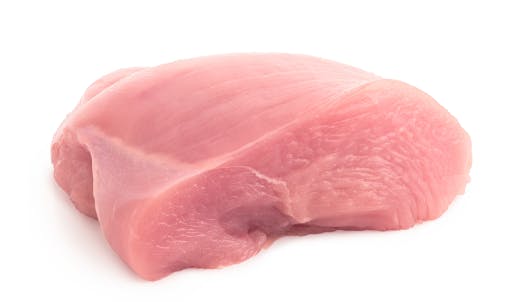


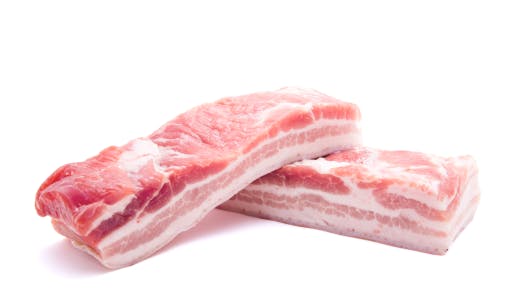


Energy density range (calories/gram)



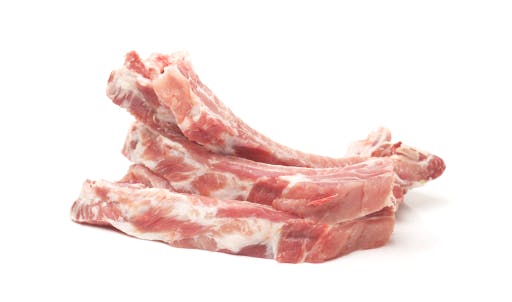


What about processed meats like bacon, sausage, and salami? The truth is that most processed meats are too low in protein and other nutrients to make this list. Here are some delicious green-zone (weight-loss-friendly) options to enjoy instead:
- Canadian bacon
- Lean deli meats (chicken, turkey, roast beef, and ham)
- Pastrami
- Prosciutto, chicken, turkey sausage or turkey bacon
- Corned beef
Protein percentage range
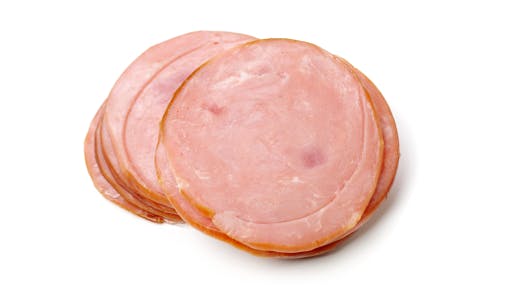


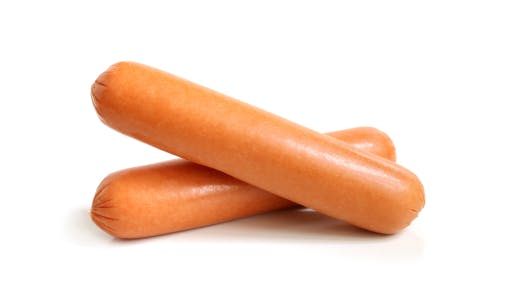


Energy density range (calories/gram)



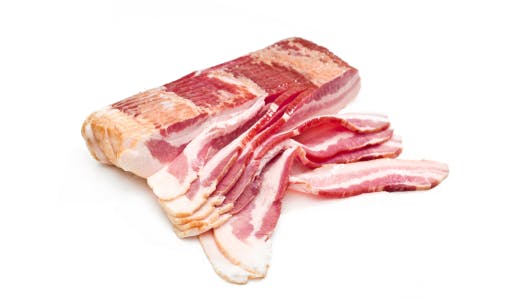


No problem!

Seafood
Fish and shellfish are rich in protein and several essential minerals, including iodine. They’re also prized for their delicious flavors, which span from delicate to robust.
Including seafood in your diet can be a winning weight loss strategy. That’s because seafood provides lots of protein with little fat and carbs, no matter what type you choose.
Although most shellfish and white fish have extremely high protein percentages and low energy densities, fatty fish like salmon, sardines, and herring have solid values, too.
For example, even farm-raised Atlantic salmon (the type of salmon that’s highest in fat) is still a good choice, with 43% protein and about 200 calories per 100-gram serving. Plus, salmon and other fatty fish provide high amounts of essential omega-3 fatty acids, which have been linked to health benefits.
Make fish and shellfish selections based on the types you like, what’s available in your area, and your budget. (Canned fish is a great, inexpensive option). Just stay away from seafood that’s been battered or breaded and deep-fried. Also, avoid or limit high-mercury fish like bigeye tuna, King mackerel, swordfish, and shark.
Here is our list of the best seafood for healthy weight loss – all of which are in the green zone for protein percentage and energy density:
- White fish, including flounder, sole, halibut, snapper, tilapia, cod, bass, trout, and light tuna
- Fatty fish, including anchovies, salmon, sardines, herring, and ahi tuna
- clams
- crab
- lobster
- mussels
- octopus
- oysters
- scallops
- shrimp
- squid
Protein percentage range
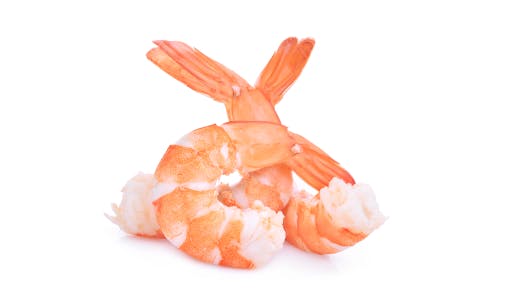





Energy density range (calories/gram)






Non-starchy vegetables
Non-starchy vegetables are considered great for weight loss, and for good reason. First, vegetables are the least energy-dense of all foods, which means you can eat large amounts for very few calories.
Although non-starchy vegetables don’t provide as much protein per serving as other healthy weight loss staple foods, they provide a lot of protein and nutrients per calorie. However, they’re also low in at least one of the essential amino acids that your body requires to stay healthy.
Vegetables are also a good source of fiber, which can help you feel full.
Finally, non-starchy vegetables are an excellent fit for all diets, including keto, Mediterranean, and vegan, among others.
- asparagus
- broccoli
- Brussels sprouts
- cabbage
- cauliflower
- green beans
- leafy greens (including spinach)
- zucchini
Protein percentage range
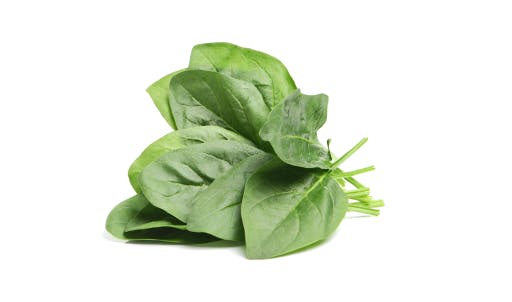


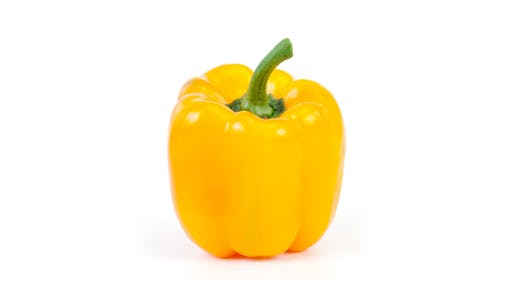


Energy density range (calories/gram)
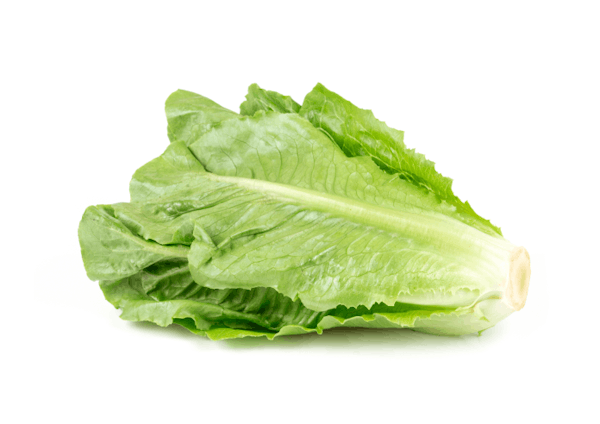


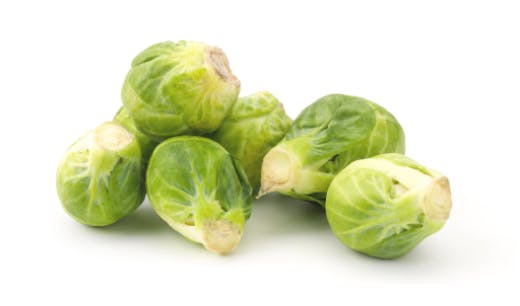


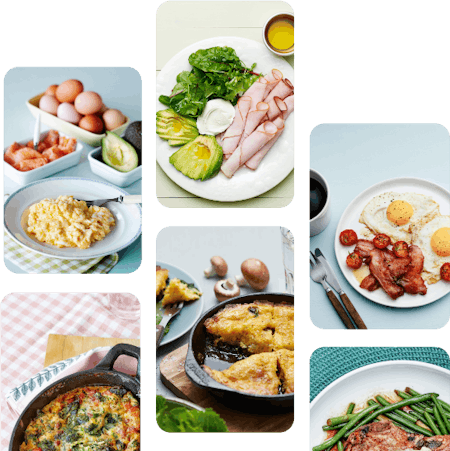
Beans, peas, lentils, and soy
Legumes — beans, peas, lentils, and soy — are a good source of protein, vitamins, minerals, and fiber.
In trials, boosting legume intake has been found to help people lose weight.
Why are legumes considered a healthy weight loss food? Many of them provide a lot of satiety per calorie due to their high protein percentages and fiber content. They also rank well on the energy density scale.
Beans, peas, and soy are enjoyed by many people, and they’re a major source of plant-based protein in vegan and vegetarian diets. However, with the exception of soy, legumes are low in one or more of the essential amino acids that your body needs.
Because they’re higher in net carbs than most healthy weight loss foods, beans, peas, and lentils aren’t a great fit for a strict keto diet unless consumed in very small amounts.
We recommend eating minimally processed foods no matter what type of diet you follow. However, if you’re a vegetarian or vegan who wants to minimize carbs and maximize satiety, consider occasionally supplementing with plant protein powders, such as pea protein.
The best healthy weight loss beans, peas, lentils, and soy have protein percentages and energy densities in the green zone:
- lupini beans
- black beans
- lentils
- split peas and green peas
- tofu (extra firm)
- tempeh
- nattō
- edamame beans
- canned black soybeans
- plant-based protein powder made from peas, hemp, pumpkin seeds, and sunflower seeds
Protein percentage range
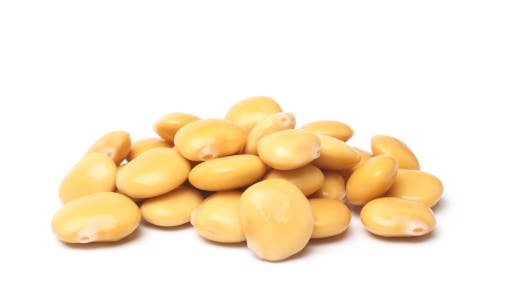





Energy density range (calories/gram)



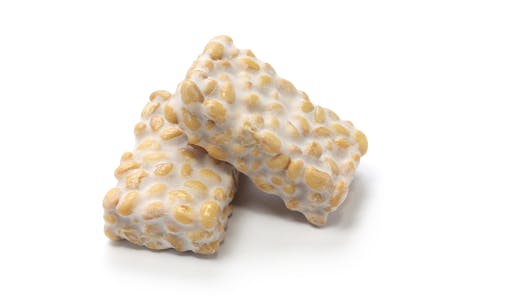


Eggs
Looking for a nutritious, inexpensive, and versatile food that can help you lose weight? You can’t go wrong with eggs. Eating protein-packed eggs can help you feel full for hours.
For healthy weight loss, is it better to eat egg whites or whole eggs? The answer isn’t as clear-cut as it may seem.
Egg whites contain more protein and provide fewer calories than whole eggs. On the other hand, whole eggs are undeniably tastier and provide more vitamins and minerals than egg whites. So eating whole eggs — or a combination of whole eggs and egg whites — may be best to maximize satiety, nutrition, and happiness with your diet.
Protein percentage range
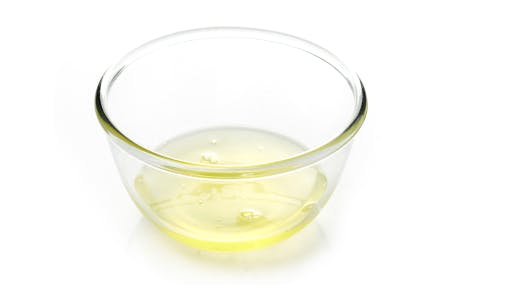


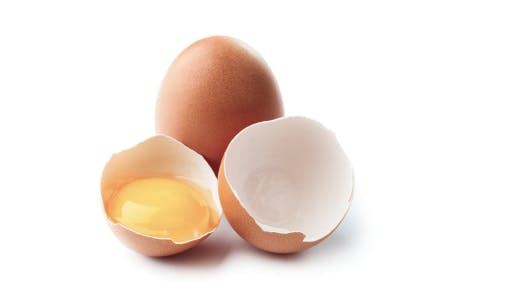


Energy density range (calories/gram)






Dairy foods
Dairy products taste great and provide protein, calcium, magnesium, and other important nutrients. In some studies, eating more dairy foods has been found to boost weight loss.
Fermented dairy products, such as cheese and yogurt, have had most of their lactose (milk sugar) removed. Therefore, compared to milk, they are lower in carbs and get more of their calories from protein.
Should you choose nonfat, low-fat, or full-fat dairy products to lose weight? The answer will depend on the type of diet you eat and your food preferences.
Low-fat dairy foods provide more protein per calorie and are less energy dense than full-fat dairy products. So when it comes to maximizing satiety per calorie, low-fat dairy wins.
For this reason, making low-fat choices works best for most weight loss diets. Just be sure to read labels and avoid low-fat yogurt with added sugar and starch.
However, people who eat keto or low-carb diets may prefer to eat full-fat dairy protein foods and cut back on added dairy fats, such as butter and cream, to lose weight.
Whey protein supplements and shakes fall under the “dairy” category. Although whey provides more protein per calorie than dairy foods, it’s more processed.
Our advice? Choose dairy foods over whey protein supplements most of the time, no matter what type of diet you eat.
Here are the best green-zone dairy food options for healthy weight loss:
- plain nonfat Greek yogurt (0% fat)
- plain low-fat Greek yogurt (2% fat)
- plain full-fat Greek yogurt (5% fat)
- plain nonfat cottage cheese (0% fat)
- plain low-fat cottage cheese (2% fat)
- plain full-fat cottage cheese (4% fat)
- reduced-fat cheese
- unflavored whey protein powder (isolate or concentrate)
Protein percentage range
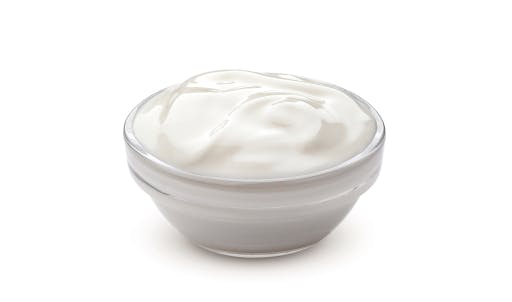


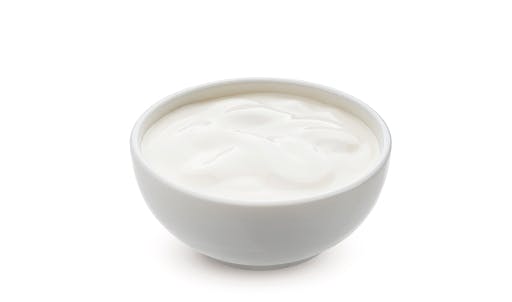


Energy density range (calories/gram)






Water and other non-caloric beverages
The best beverages for losing weight have zero (or nearly zero) calories.
1. Water
Reach for water most often. It’s calorie-free, widely available, and the ultimate thirst quencher. Plus, some studies suggest that drinking water may be helpful for weight loss.
2. Coffee and tea
For a nearly calorie-free beverage that provides flavor and an energy boost, drink coffee or tea. According to research, these caffeinated drinks might help you burn slightly more calories.
3. Broth
Drinking broth or bouillon can help you stay well hydrated and get a bit of protein, too. Choose beef, chicken, or vegetable stock, or bone broth. Broth has about 10 to 35 calories and 1 to 9 grams of protein, depending on how it’s made.
Foods to consume in smaller amounts for weight loss
The foods in this section can be part of a healthy weight loss approach. How much from each category to include — if any at all — will depend on the type of diet you eat, along with your preferences and goals.
Fruit
Fruit is low in protein but high in water and fiber. So, you can eat a large amount of fruit for relatively few calories. Even fatty fruits like avocado and olives – often grouped with vegetables because they’re not sweet – have fairly low calorie densities due to their fiber and water content.
Most sweet fruits, aside from berries, are high in carbs. Eating a few fruits per day is fine if you follow a high-protein, Mediterranean, plant-based, or liberal low-carb diet. But aim for a maximum of one to two servings of low-carb fruits daily on a keto or very low-carb diet. That’s about one cup of berries, 20 large olives, half a medium avocado, or 3 tablespoons of shredded unsweetened coconut.
Protein percentage range
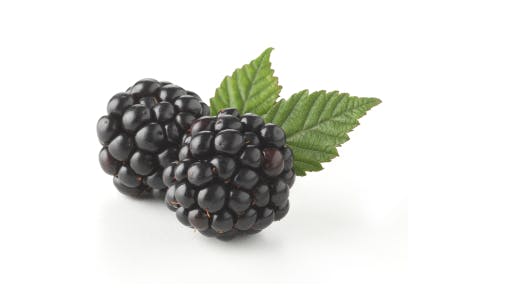





Energy density range (calories/gram)



strawberries, melon 0.3
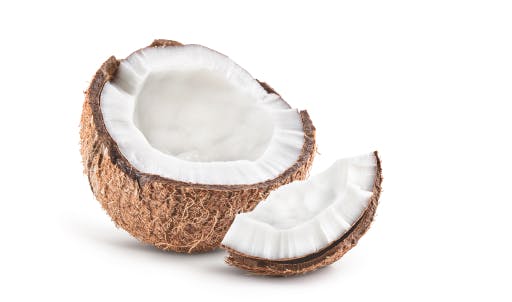


Nuts
Nuts supply your body with some protein and nutrients, but they don’t provide a lot of satiety per calorie. Why? Their high fat content drives up their calorie counts, which drives down their protein percentages. Nuts also have extremely high energy densities. So you’re likely to consume several hundred calories before you start feeling satisfied.
For healthy, effective weight loss, limit nut intake to a small handful per day, at most. And to prevent going overboard, eat them from a small bowl instead of from the container.
Protein percentage range
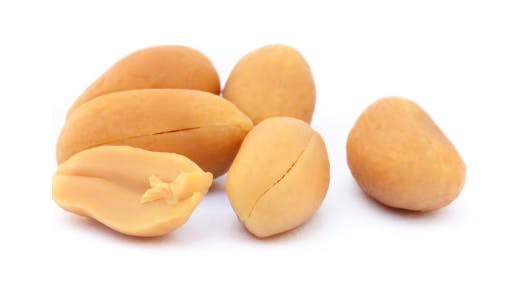





Energy density range (calories/gram)






Starchy vegetables
Potatoes, sweet potatoes, onions, beets, and other starchy vegetables are higher in carbs and lower in protein than non-starchy vegetables. Indeed, less than 20% of the calories in starchy vegetables come from protein. However, their calorie densities are low, and some types are high in fiber.
Eat starchy vegetables in small amounts, if at all, on a keto or low-carb diet. If you eat a plant-based, high-protein, or Mediterranean diet, you can enjoy starchy vegetables in modest amounts that allow you to achieve your health goals (such as controlling blood sugar levels if you have diabetes or prediabetes).
Protein percentage range
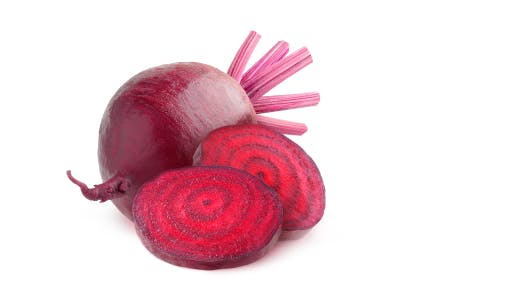


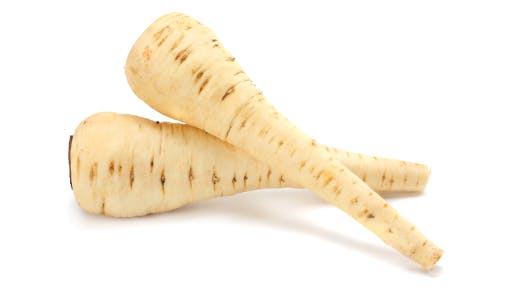


Energy density range (calories/gram)
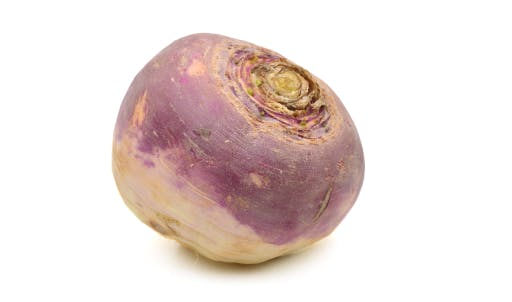





Whole grains
While whole grains pack more fiber than refined grains, they provide little protein or other nutrients. Plus, most of their calories come from carbs. If you eat a keto or low-carb diet, you’re probably best off avoiding grains altogether. Even if you don’t follow a low-carb way of eating, keep whole grain intake modest when trying to lose weight.
Protein percentage range
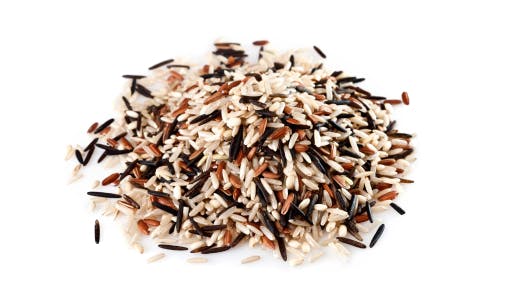


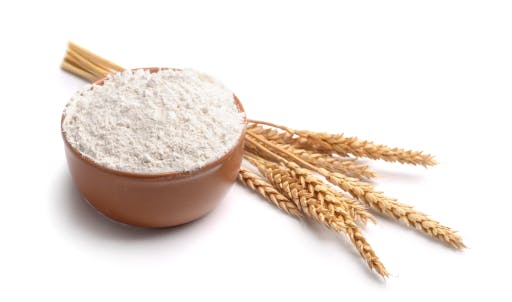


Energy density range (calories/gram)






Cheese
Many people would probably list cheese as one of their favorite foods. Unfortunately, most types of cheese don’t provide a lot of satiety per calorie because they have much more fat than protein. Additionally, some people find that cheese is easy to overeat and causes cravings for more.
Protein percentage range
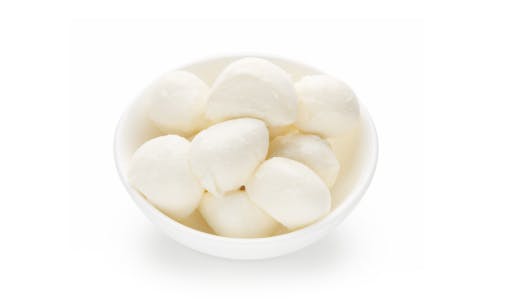


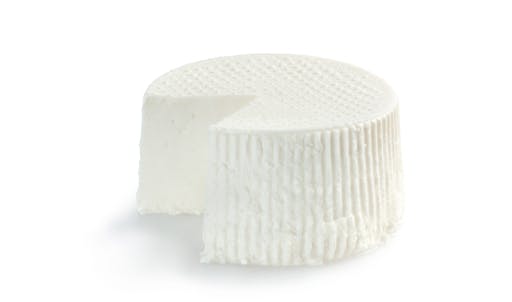


Energy density range (calories/gram)



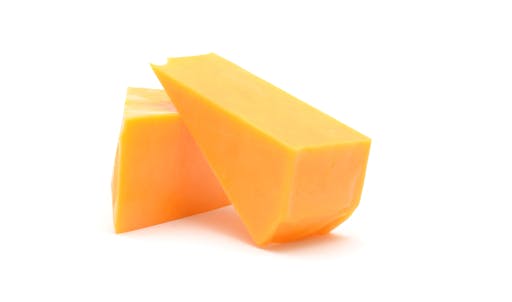


Added fats (butter, cream, oil)
Whether used in recipes or added at the table, fat can make vegetables and other foods taste delicious. However, butter, cream, and oil are nearly 100% fat with virtually no protein. So they’re an extremely concentrated calorie source.
While you don’t need to avoid added fats altogether, keep amounts small to modest if you’re trying to lose weight, even if you follow a keto or low-carb diet. Just add enough for flavor. Remember, your goal is to burn stored body fat rather than burn lots of fat in the food you eat.
Protein percentage range






Energy density range (calories/gram)






including olive oil 8.8
Low-carb alcohol
Minimize alcohol intake when trying to lose weight. It provides calories without any nutrition. Additionally, alcohol can sometimes interfere with weight loss.
If you want to indulge occasionally, drink low-carb alcohol like dry red or white wine or plain spirits. And limit your alcoholic beverage intake to one drink per day.
Protein percentage range
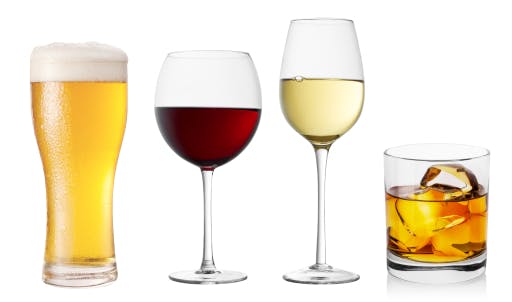

Energy density range (calories/gram)



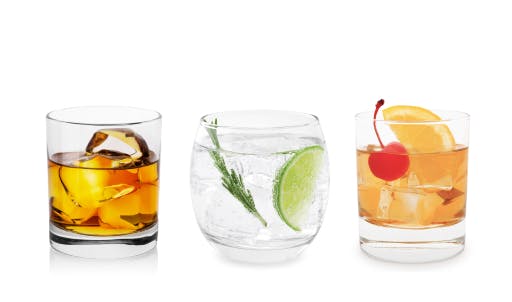


and other spirits2.5-3.0
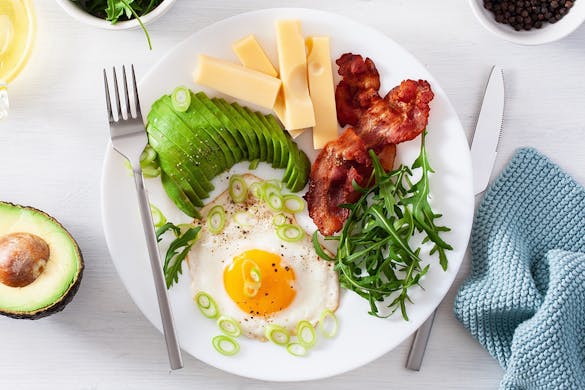
Foods to avoid for healthy weight loss
The worst foods for losing weight are highly processed and provide lots of empty calories with little protein and other nutrients. Research suggests that consuming these foods may cause overeating that results in weight gain.
Here are the foods and beverages to avoid when trying to lose weight:
Ultra-processed high-carb, high-fat foods
Foods that are high in both fat and refined carbs are your number one weight loss enemy. The high-carb plus high-fat combination may drive you to overeat due to being so delicious and providing very little satiety per calorie. Indeed, some researchers suggest that these highly palatable foods can be addictive.
Some common examples are cookies, cakes, pie, potato chips, candy bars, and ice cream, although many similar products exist. Steer clear of these foods if you want to lose weight and improve your health.
Protein percentage range



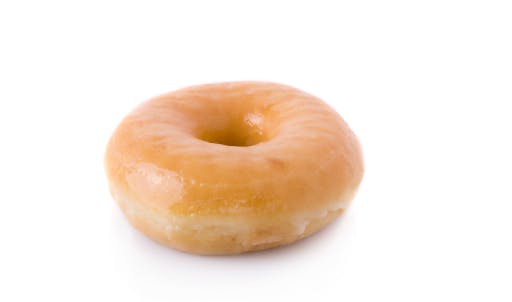


deep-fried desserts 3%
Energy density range (calories/gram)
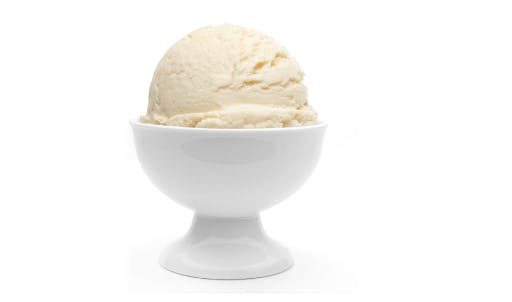





and many others5+
“Liquid sugars”
Soft drinks and other sugar-sweetened beverages get 100% of their calories from sugar. These “liquid sugars” can be very easy to over consume. In addition to soft drinks, stay away from sweet tea, punch, lemonade, energy drinks, sports drinks, and flavored coffee drinks. Avoid fruit juice, too — including 100% unsweetened juice, which is loaded with “natural” sugar. Finally, avoid sweet alcoholic drinks.
Sugary beverages have deceptively low energy densities because their sugar is diluted by a lot of water. However, they’re still loaded with empty calories.
Protein percentage range



made with milk5-10%
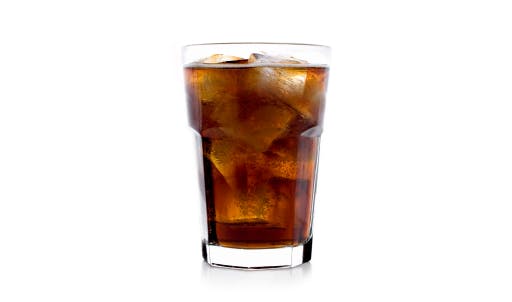


beverages0%
Foods high in sugar and refined carbs
Avoid all types of sugar, including honey, maple syrup, and coconut sugar. Also, stay away from products with added sugars, such as jams and jellies, candy, and “lite” treats marketed as healthy options, like nonfat frozen yogurt. Finally, read labels for hidden sugars in condiments, salad dressings, and packaged foods.
Processed starchy foods are also a no-go for weight loss. This group includes white bread and pasta, rice, fat-free chips, crackers, and similar snack foods. All are low in nutrients and provide little satiety per calorie. In fact, they may potentially increase your hunger and cravings.
Protein percentage range
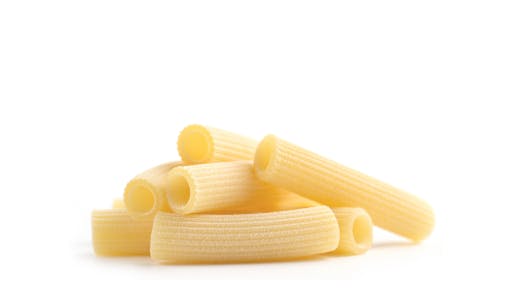


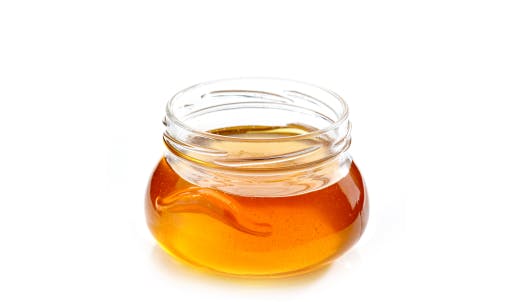


maple syrup 0%
Energy density range (calories/gram)



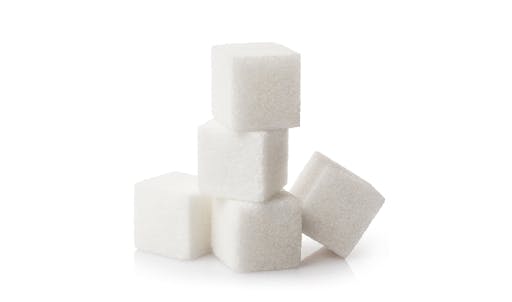


Beer
Beer is sometimes called “liquid bread” because it contains carbs that come from grains. Like sugary beverages, beer has a deceptively low energy density because it’s diluted with lots of water.
Although light beers are lower in carbs, it’s best to minimize your beer intake when trying to lose weight.
Protein percentage range
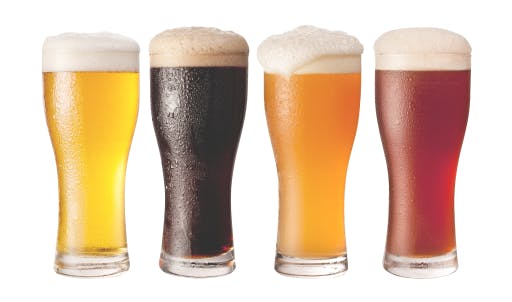

Healthy weight loss recipes
Do you want some inspiration for creating meals, using healthy weight loss foods? We’ve got you covered with delicious recipes designed to maximize satiety per calorie:
Summary
When it comes to successful weight loss, knowing what to eat is key. Choosing foods that maximize satiety per calorie can help you lose weight in a healthy way.
Your best weight loss foods are high in protein and other essential nutrients. They’re tasty and fit your preferred way of eating. Plus, they help you feel full and satisfied so that you naturally take in fewer calories.
Fortunately, there’s a long list of healthy weight loss foods to choose from. Eat your fill of the nourishing foods you love, and you’ll be on your way to healthy, sustainable weight loss.




